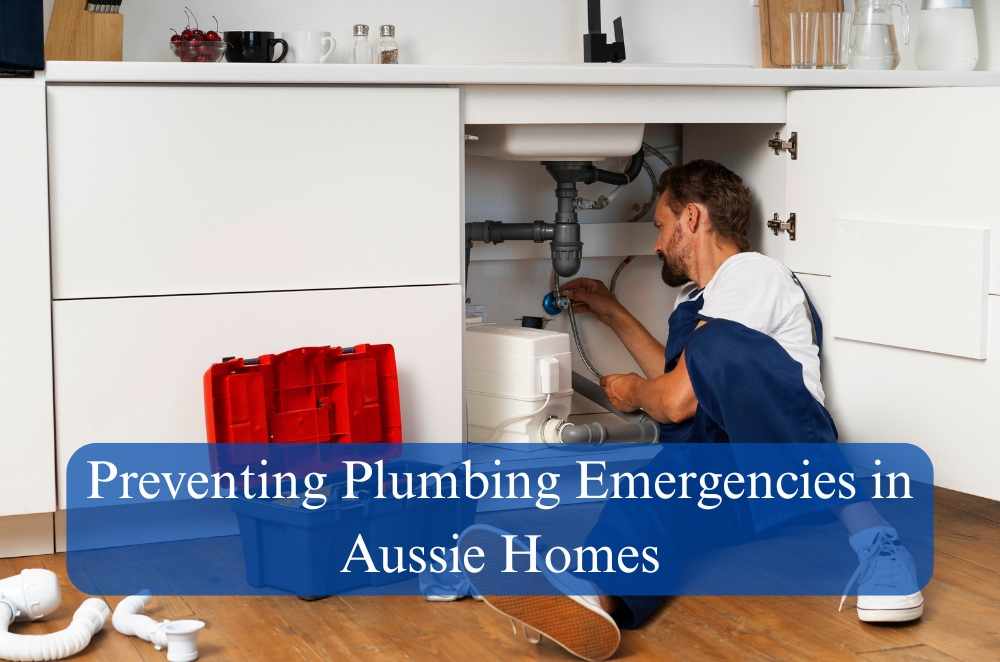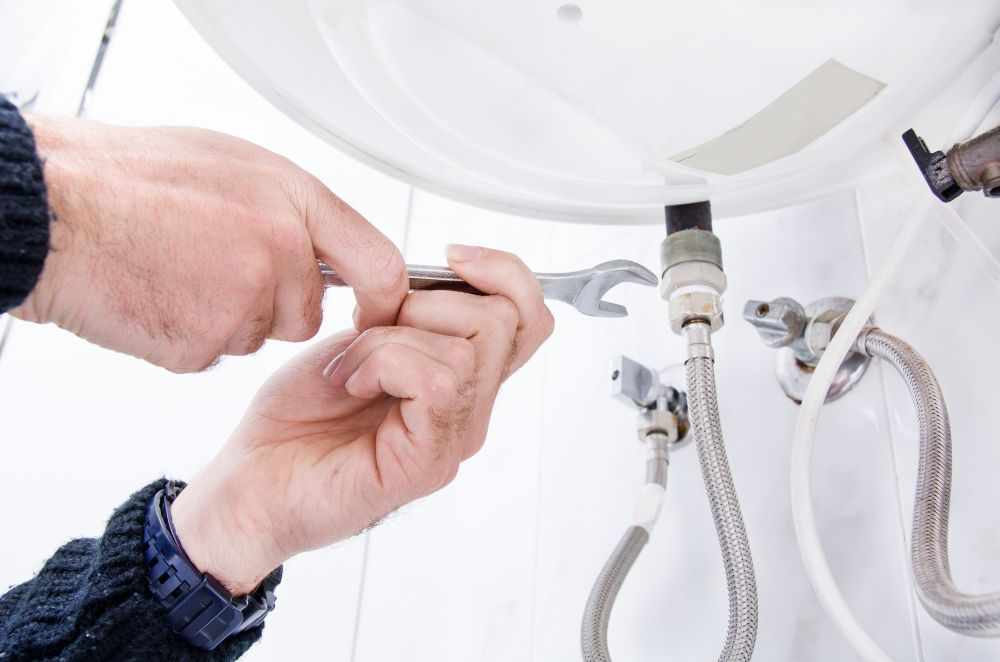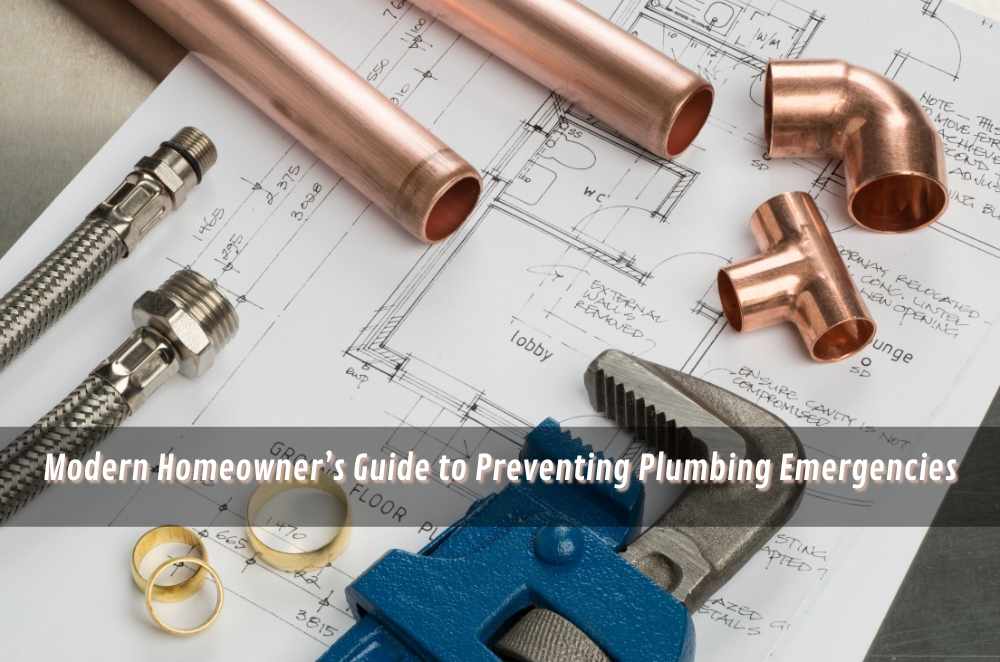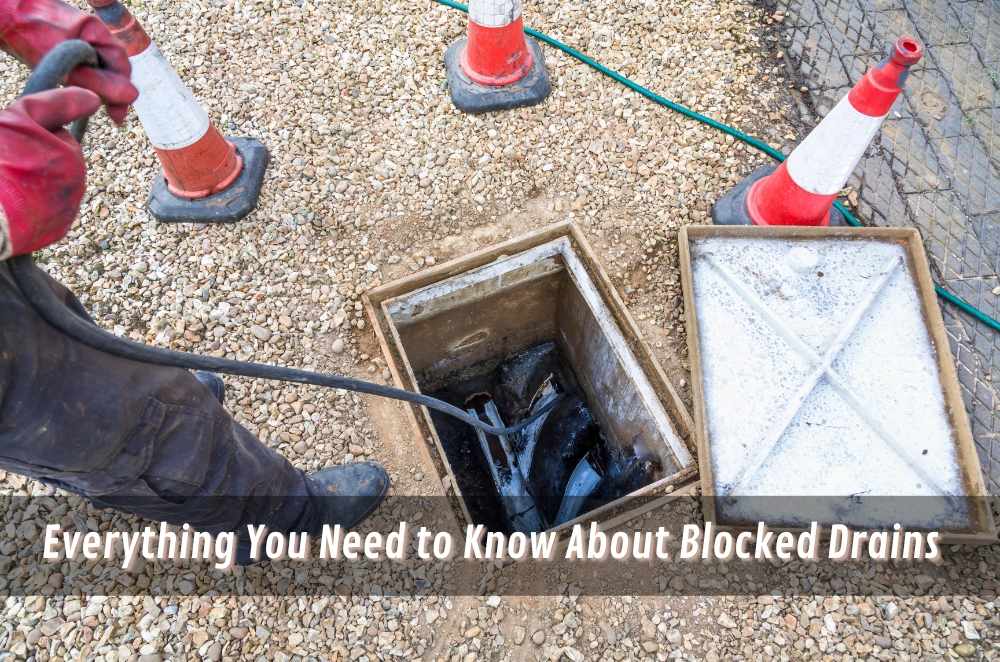
There’s nothing quite like hearing water where there shouldn’t be—especially in the dead of night. A few months back, I was jolted awake at around 2 a.m. by a weird trickling sound coming from the kitchen. At first, I thought it was just the dishwasher cycling. But no, this was louder… more urgent. I got out of bed and stepped straight into a puddle stretching across the floorboards. A pipe under the sink had blown out. Completely. Water everywhere.
We had no idea how long it had been leaking. No idea who to call. And definitely no idea where the main shut-off was. It was a mad scramble. Looking back, we’d never really thought about plumbing as something to stay on top of—until that moment. Since then, I’ve realised that emergency plumbing isn’t just about reacting to chaos. It’s something every home should be ready for, because most of us won’t be lucky enough to see the warning signs.
What causes most emergency plumbing situations?
Plumbing emergencies can hit fast, but most don’t come out of nowhere. The biggest culprits are usually maintenance issues left unchecked, poor DIY repairs, or long-term wear and tear that finally gives way.
Some of the most common triggers include:
Blocked or overflowing drains
Burst pipes due to age or pressure build-up
Gas leaks or faulty hot water systems
Sewer backups or tree root intrusions
Faulty flexi hoses under sinks and toilets
That last one? A silent destroyer. A single failed flexi hose can flood a room in minutes. I learned this after a small spray turned into an under-cupboard swamp while we were away for the weekend.
Signs that a plumbing problem is brewing

Not every emergency comes with a dramatic splash. Some creep in slowly, whispering warnings we tend to ignore.
Watch out for:
Water pressure is dropping unexpectedly
Strange odours near sinks or drains
Gurgling sounds after flushing or draining
Discoloured patches on ceilings or walls
Increased water bills without increased usage
I once noticed a faint mildew smell in our ensuite. At first, I thought it was just poor ventilation. A week later, a discoloured line appeared above the skirting board. We called in help and discovered a hidden leak behind the vanity. If we’d waited longer, that small drip could’ve turned into a much bigger issue.
How Aussie homes can prevent plumbing disasters
Preventing emergencies starts with regular awareness and a little bit of proactive maintenance. Plumbing doesn’t need constant attention, but it does benefit from a seasonal once-over.
Here are a few tips I now swear by:
Inspect all visible pipes and under-sink connections every few months
Replace ageing flexi hoses before they fail—most only last 5–10 years
Use drain strainers in showers and sinks to catch hair and debris
Schedule a professional inspection every couple of years, especially in older homes
If you own a heritage home or a property that’s more than 30 years old, be especially cautious. Many of these homes were built before plastic piping became the norm and may still rely on galvanised or copper pipes, which degrade over time. The wear and tear might be invisible—until it’s not.
What professional plumbers check that you can’t
While home maintenance helps, there are limitations to what you can catch without professional tools. Qualified plumbers can run CCTV drain inspections, pressure tests, and thermal scans to identify weak points before failure occurs.
Professional assessments usually include:
Identifying water pressure inconsistencies
Checking underground pipes for root intrusion
Testing gas lines and appliance connections
Inspecting hot water systems for corrosion or leaks
Verifying compliance with Australian plumbing codes
These checks not only prevent emergencies, but they also ensure your home aligns with standards set for plumbing services in Australia. That’s something insurance companies look at closely when assessing post-incident claims.
What to do when an emergency hits
Let’s say the worst happens—water is gushing, pipes are rattling, and panic sets in. What now?
Here’s what you should do before a plumber arrives:
Turn off the main water supply – Know where your stop valve is (usually near the front boundary or in the laundry)
Shut off power if water is near electrical sources – Better safe than sorry
Contain the leak – Use towels, buckets, or even garbage bags if needed
Document the damage – Photos help if you’re making an insurance claim
Call a licensed emergency plumber – Get help on the way fast
During our 2 a.m. kitchen flood, we shut off the water, cleared the floor, and were lucky enough to find someone who could come by 4 a.m. It wasn’t pretty, but it saved us from replacing all the cabinetry.
How response time and availability matter
Not all plumbing services offer 24/7 emergency support. And even fewer actually show up when they say they will. It’s worth doing your homework ahead of time so you’re not stuck Googling at midnight during a crisis.
Look for plumbing providers who offer:
True 24/7 emergency response (not just “next business day”)
Real-time ETA tracking or support line updates
Licensed and insured technicians
Transparent pricing or upfront quotes
Reading local reviews and even saving a reliable contact in your phone can make all the difference when time is critical. If you’ve never needed an emergency plumber before, have a browse through this case study on unexpected plumbing breakdowns—it’ll give you a sense of what to expect and how to stay calm under pressure.
Final thoughts
Let’s be honest—plumbing dramas never happen when it suits you. It’s always during dinner, while you’re out, or worse—when you’re fast asleep. But they don’t usually come out of nowhere. It’s the stuff we ignore: that slow-draining sink, the tiny leak under the laundry trough, the weird gurgle in the loo. You shrug it off… until it turns into a full-blown mess.
The thing is, you don’t have to be a tradie to stay ahead of it. Just keep an eye out. Replace things before they give way. And for the love of your floorboards, know where the water shutoff is. A bit of prep goes a long way—and trust me, it’s way less stressful than waking up to a flooded hallway.










Write a comment ...